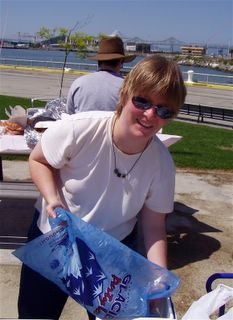
The Ghan is named after the Central Asians who were some of the first to regularly trek into Australia’s parched interior. They were a lot more successful than Europeans because they thought to use camels rather than horses. In actual fact, not very many of these explorers were from Afghanistan. Most were from Persia and what’s now Pakistan, but the name stuck around long enough that the rail line following their route became known as first “The Afghan Express,” and later, “The Ghan.”
The current route of the Ghan takes it from Adelaide, on Australia’s southern coast, almost directly north to Darwin, on Australia’s Top End. Cathedrals have been built in less time than it took to construct this line. Ground broke at Port Augusta in 1878, and by 1929 it had only gotten as far as Alice Springs, in the middle of the country. So many of the original track’s ties (or “sleepers,” as Australians call them) were eaten by termites that long stretches had to be re-laid. This took until 1980, and the extension to Darwin didn’t open until 2004. (I’ll save you the math—it’s 126 years.)
The stretch between Adelaide and Alice Springs, which took 51 years to build, now takes the train just under 24 hours. After the three-night trip on the Indian Pacific, it felt like a commuter jaunt. It seemed like we’d just set up the beds, arranged our nest, and taken a few glances out the window looking for kangaroos and suddenly we were pulling into the outskirts of Alice Springs.















